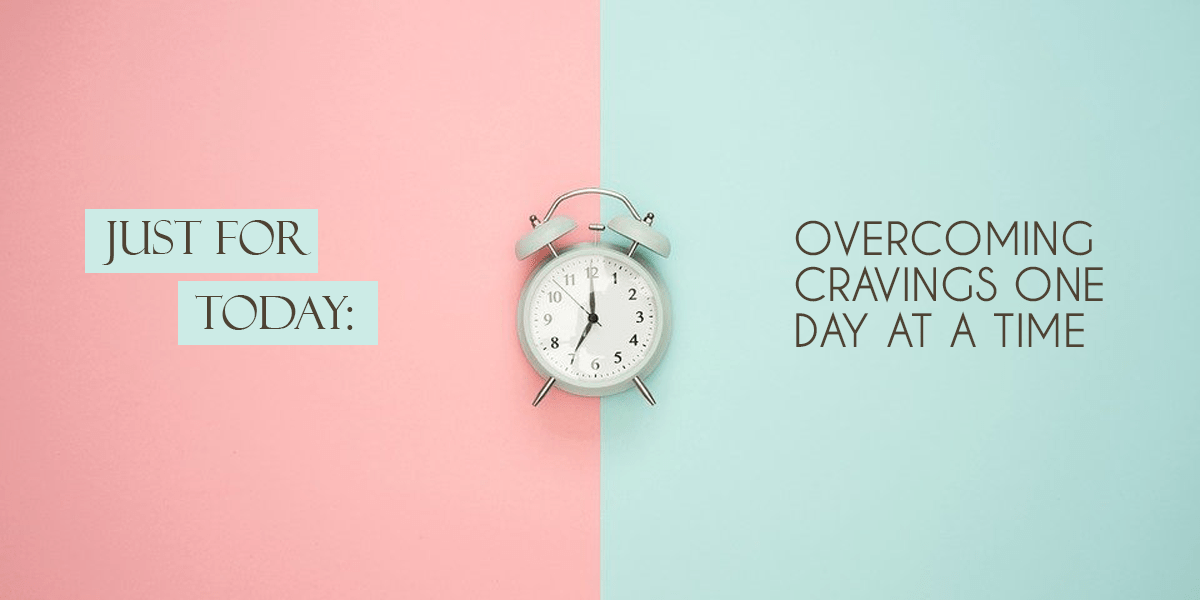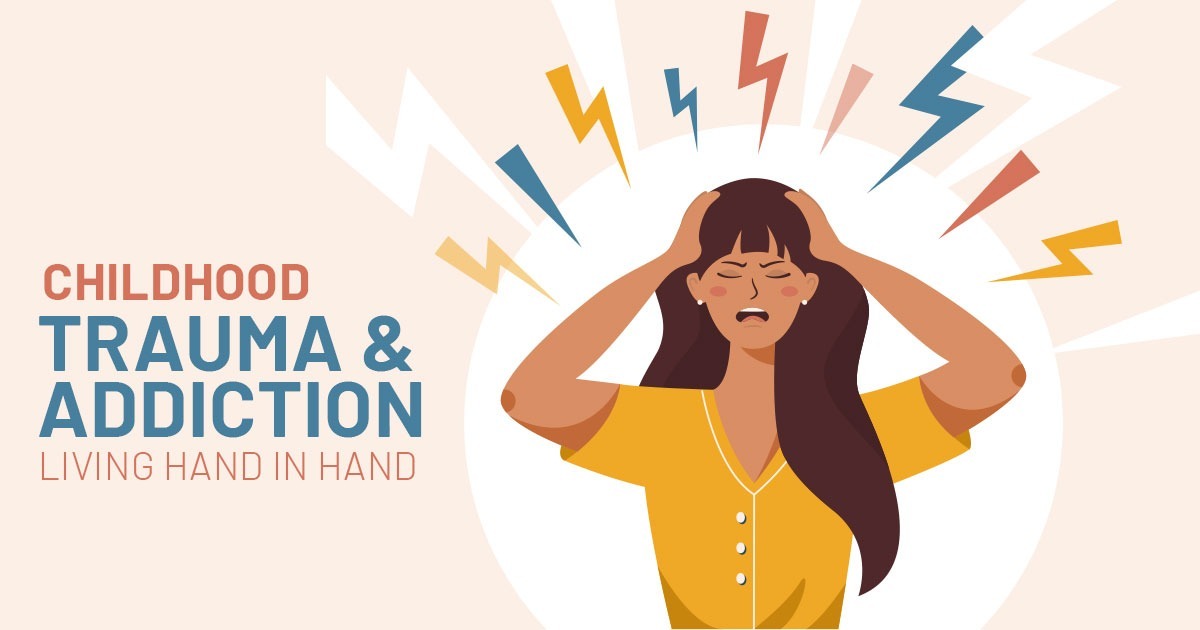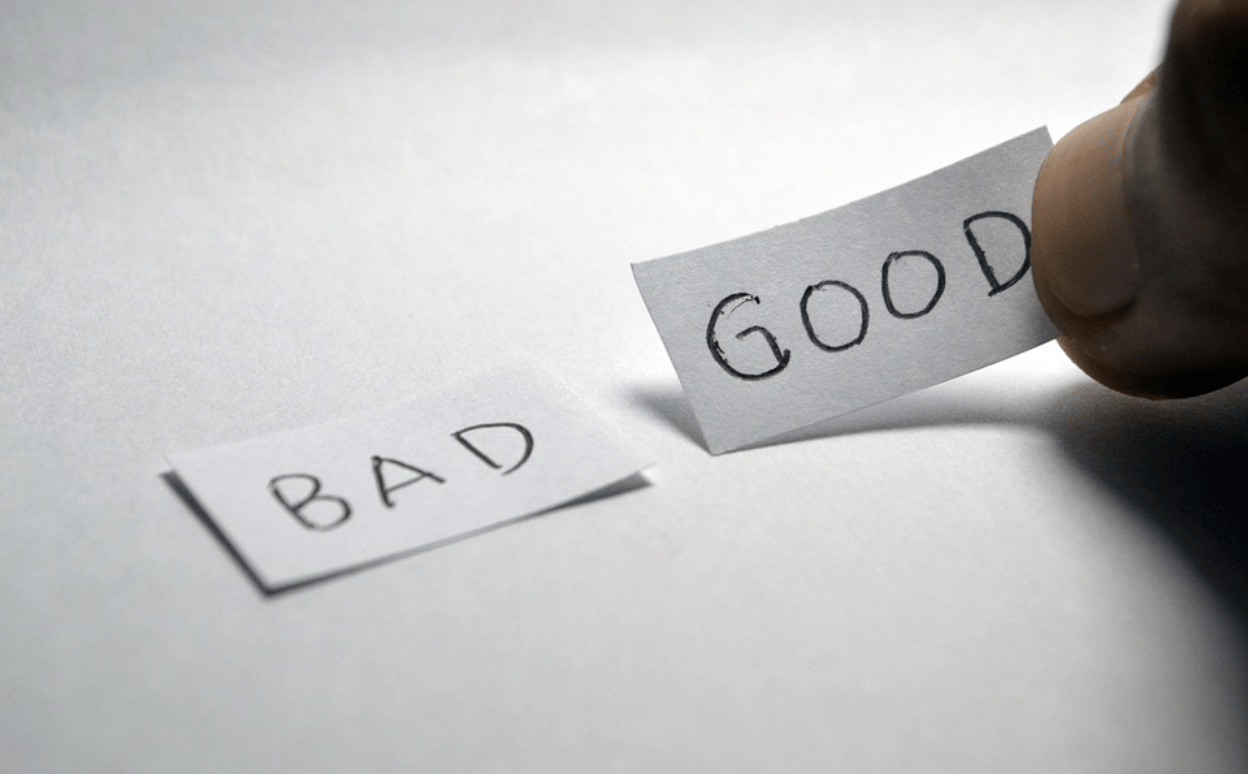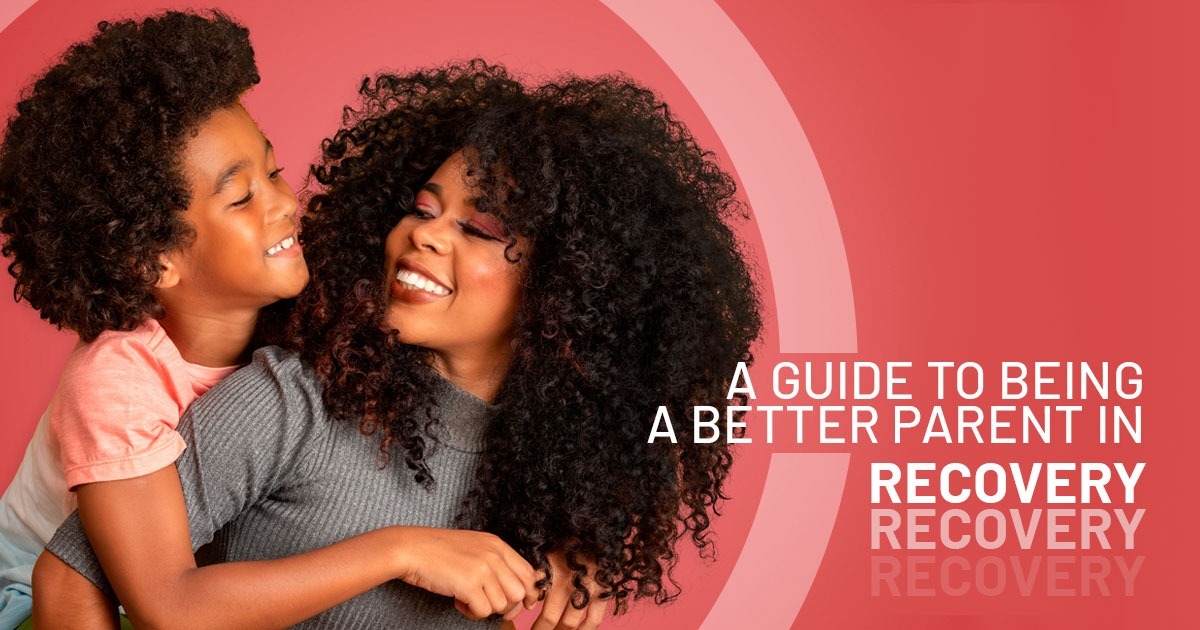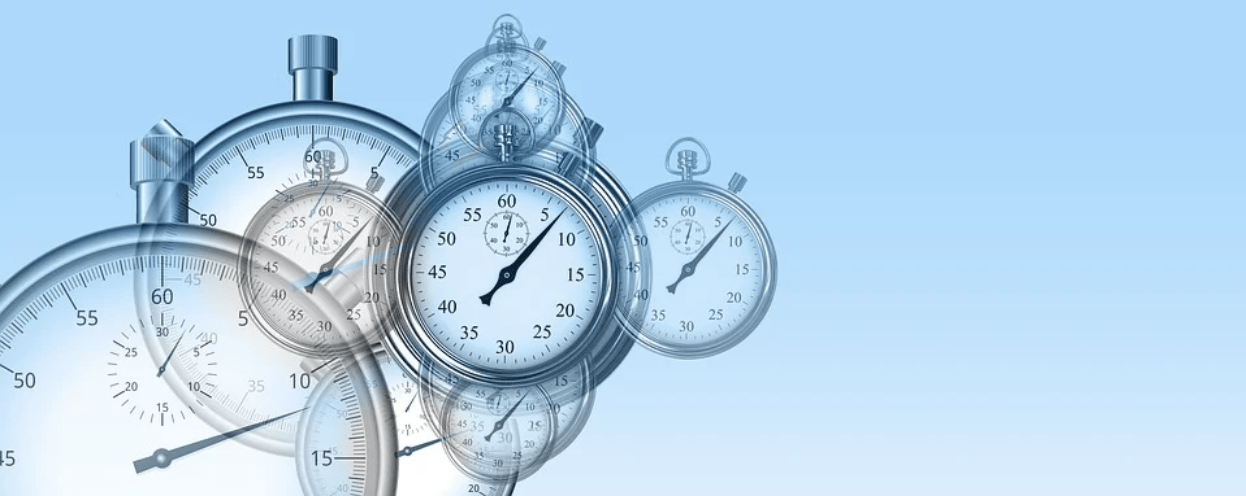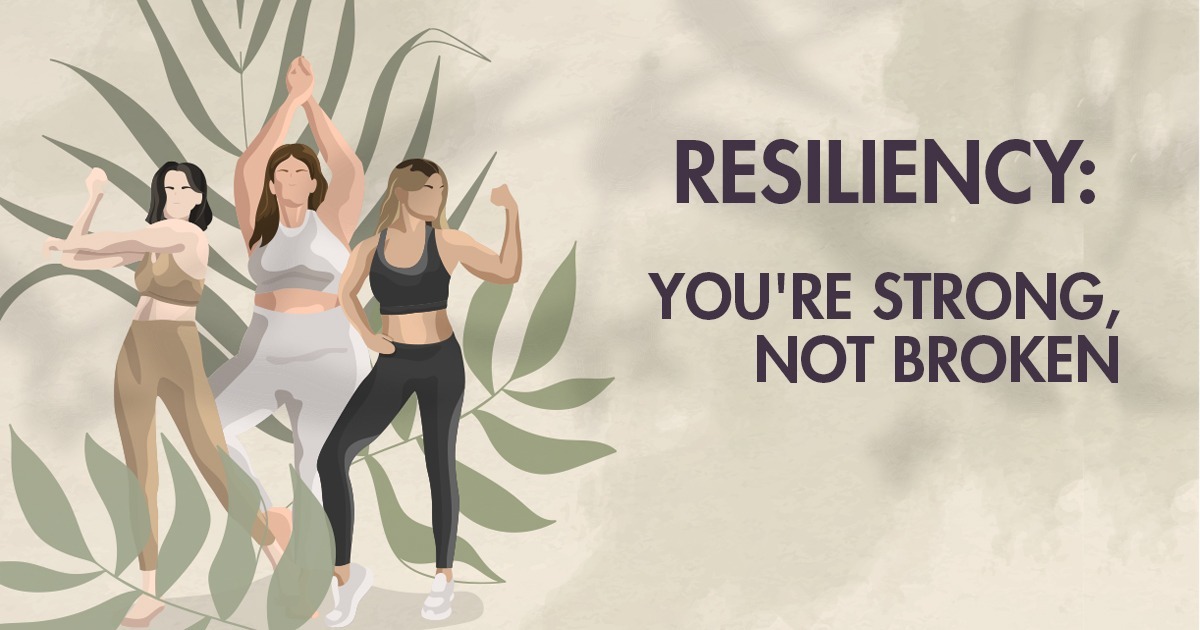
When you’re a woman battling addiction, you may feel broken, weak, or burdened by shame. None of those things are the reality, and reframing your perspective about yourself and your strength is ultimately what will fuel your recovery.
We encourage women in our program to see everything they’ve gone through and survived to the point of getting treatment as strength, not weakness. Even admitting that you have a problem with drugs or alcohol is a show of strength and not a failing.
When you participate in our rehab program, you learn to recognize that everything you’re doing indicates your resilience, not the sum of your failures.
Female Addiction and Trauma
If you feel broken rather than strong and resilient, understand that female addiction links to trauma. Over the past few decades, we’re increasingly learning that women who abuse drugs or alcohol are often victims of distressing events.
The impact of trauma lingers long after the event itself.
- The scientific and research communities are just starting to grasp how much traumatic experiences contribute to women’s mental and physical health issues.
- Research shows us that most women with addictions have gone through abuse or trauma at some point in their lives—at much higher rates than men.
- For example, 74% of addicted women report sexual abuse experiences.
- Women with traumatic childhoods are five times more likely to use drugs.
- They’re twice as likely to abuse alcohol compared to women who didn’t experience trauma.
Women experiencing trauma tend to develop deep, destructive wounds that become part of who they are.
If those things sound familiar to you, realize that you’ve gone through these things, and yet you’ve made it to this point. You are already showing resiliency, despite your struggles with drugs and alcohol. Recognizing your trauma can help you begin to heal.
Shame and Addiction
Shame, trauma, and addiction are often tightly interwoven with one another. Shame is a natural experience everyone sometimes has, but shame may be one of the main things you regularly feel in addiction. When you feel shame, you lose touch with who you are and the people who love and care about you.
- Feeling like you aren’t worthy of love, happiness or respect feeds addiction and worsens mental health problems like depression.
- Eliminating your feelings of shame is critical to getting help for your addiction and taking yourself out of the cycle.
- Shame and addiction imprison you, but in a safe environment where you’re comfortable being vulnerable, you can begin to work through these.
- In an addiction treatment program, you learn to identify your shame, and in doing so, you’re better able to stop feeding it.
- You learn acceptance for yourself and understand that no one is perfect, but you can put your energy toward being the best version of yourself.
Treatment is also a way to begin redefining your self-worth.
What is Resilience?
Resilience is a term referring to your ability to recover from difficult or traumatic events in your life. You can stand strong in the face of adversity, no matter the adverse circumstances occurring in life.
- If you’re in active addiction, but you’ve decided to take the step to get help, that is in and of itself resilience.
- Resilience isn’t a straight line. There will be bumps along the way and setbacks, but eventually, when you realize that resilience is part of who you are, you’ll get to the peak of where you want to go and be able to look back at how far you came in your journey.
- Being resilient doesn’t mean you’re always mentally tough, nor does it mean you don’t feel stressed, upset, or suffering. Instead, resilience means you’re able to work through the pain and suffering you experience.
- Resilience isn’t an inherent or fixed trait either. It’s something you work to develop.
Developing Resilience
To develop resilience requires a combination of internal factors that are personal to you and outside resources. In the context of addiction, you’ve already shown resilience, making it through the parts of your life that have been challenging. Then, once you begin treatment, you further develop your strength with what you learn there.
For example, you can learn coping mechanisms to help you go forward outside of substances. You can tap into outside resources such as therapists or participation in support groups. You can learn how to avoid triggers when they occur.
Protective factors that can help you in your journey to build resilience include:
- Social support—we need to learn to rely on our support network in times of trauma or difficulty. Our support network can be whatever works for us. It can be your 12-step group, your friends, your family, or organizations.
- Planning—at our treatment center, we focus a lot on this element of building resiliency. Planning means that you set goals for yourself, visualize how to meet them, and then do it. When planning for resilience, you always want to think about different scenarios proactively and create strategies for dealing with them ahead of time.
- Self-esteem—Unfortunately, there’s often a deep sense of shame for women with addictions to drugs or alcohol. By building resilience, you can start to tear away at this shame and rebuild with confidence and a positive view of yourself.
- Coping skills—In active addiction, you turn to drugs or alcohol rather than relying on healthy coping mechanisms. On your resilience journey, you can begin to learn the healthy coping skills that work for you. The more you practice these skills, the more they become wired into your brain and replace the old, unhealthy habits.
- Communication—This is part of resilience because you need to share with others what you feel so that you can seek support, gain access to resources and ultimately take action when you need to.
- Regulating emotions—When you’re experiencing overwhelming emotions, achieving resilience means that you can work through them positively.
When you lack resilience, you’re more likely to move back into those unhealthy coping strategies or feel helpless and overwhelmed.

Taking the First Step
It sounds cliché, but honestly, taking the first step by coming to terms with your addiction and seeking help is the most powerful thing you can do. In doing so, you’re already showcasing your resilience and strength. You’re also committing to continue cultivating that resilience. You’ve come this far, and we encourage you to contact us about rehab to learn how much more you can achieve and accomplish.
The goal at Anchored Tides Recovery isn’t just to get you to the point of sobriety. It’s to help you achieve your full potential in every way, so you’re prepared for anything as you rebuild your life and meet your goals in all areas. Call 866-600-7709 to learn more about our women-only outpatient program today!



